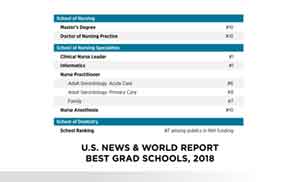About UMB History, highlights, administration, news, fast facts
- Accountability and Compliance
- Administration and Finance
- Center for Information Technology Services
- Communications and Public Affairs
- Community Engagement
- Equity, Diversity, and Inclusion
- External Relations
- Government Affairs
- Philanthropy
- Office of the President
- Office of the Provost
- Research and Development
- University Counsel
- Office of the President
- Administrative Officers
- Deans
- Boards of Visitors
- Faculty Senate
- Staff Senate
- University Counsel



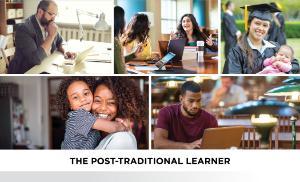 A not insignificant number of those 6 million people are what we call “post-traditional learners.” The learner who’s of working age, who has a full-time job and maybe some college. The learner who’s juggling family and bills, long hours and little time, but who still wants to learn and will sacrifice to do it. Post-traditional learners need instruction that’s easy to access. They need stackable credentials, so they don’t have to start from scratch if they step out of a program.
A not insignificant number of those 6 million people are what we call “post-traditional learners.” The learner who’s of working age, who has a full-time job and maybe some college. The learner who’s juggling family and bills, long hours and little time, but who still wants to learn and will sacrifice to do it. Post-traditional learners need instruction that’s easy to access. They need stackable credentials, so they don’t have to start from scratch if they step out of a program.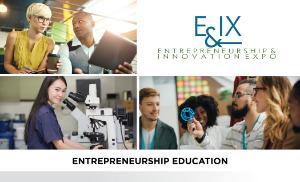 Entrepreneurial education is another area where we’re perfectly positioned to lead, given the discovery-rich environment in which we work. Entrepreneurship has been a theme among students this year: The student-run
Entrepreneurial education is another area where we’re perfectly positioned to lead, given the discovery-rich environment in which we work. Entrepreneurship has been a theme among students this year: The student-run 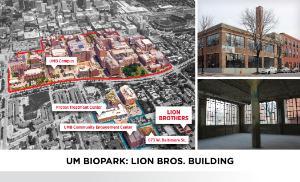 These students will be working alongside an active community of entrepreneurs and artists in the Lion Bros. Building, the first adaptive reuse building to open in the
These students will be working alongside an active community of entrepreneurs and artists in the Lion Bros. Building, the first adaptive reuse building to open in the 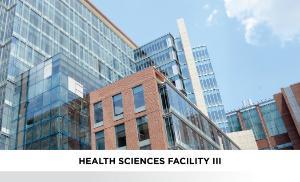 Another building that will stimulate exciting growth is Health Sciences Facility III. Opening in January, HSF III will accelerate the pace and enlarge the scope of our discovery. It adds 136,000 square feet of wet and dry labs and core facilities, and at full occupancy, it should generate more than $100 million in research revenues and stimulate $212 million in economic activity.
Another building that will stimulate exciting growth is Health Sciences Facility III. Opening in January, HSF III will accelerate the pace and enlarge the scope of our discovery. It adds 136,000 square feet of wet and dry labs and core facilities, and at full occupancy, it should generate more than $100 million in research revenues and stimulate $212 million in economic activity.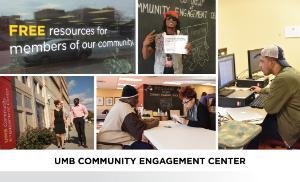
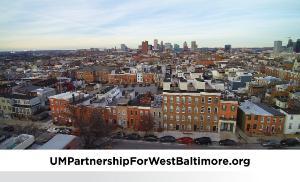 Just last month we held a community town hall on our
Just last month we held a community town hall on our 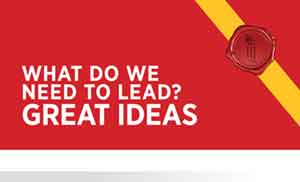
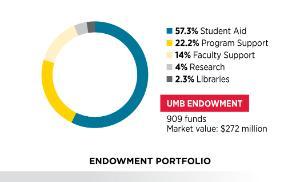
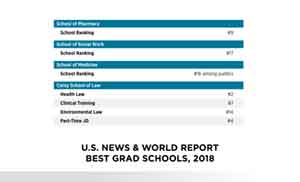 In the just-released U.S. News & World Report rankings of the nation’s graduate schools, our School of Pharmacy is #9. Our School of Social Work is #17. Our School of Medicine is #16 among public medical schools.
In the just-released U.S. News & World Report rankings of the nation’s graduate schools, our School of Pharmacy is #9. Our School of Social Work is #17. Our School of Medicine is #16 among public medical schools.